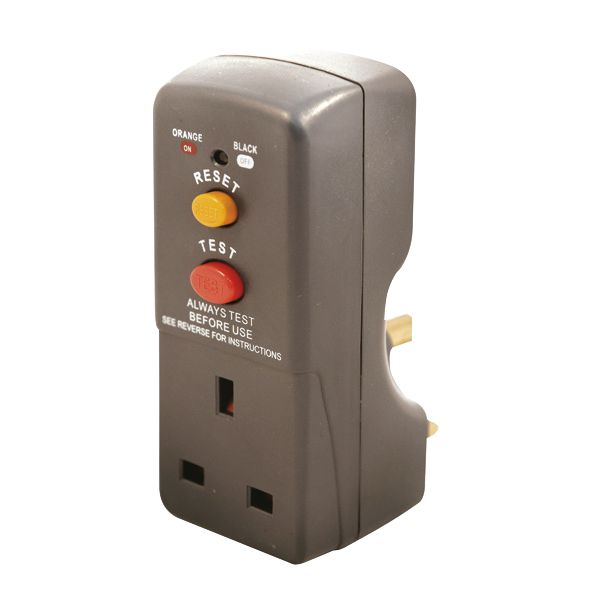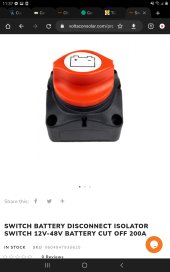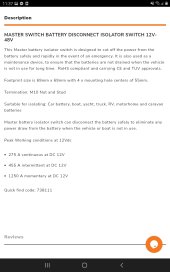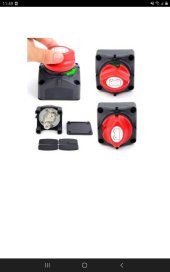Salisburytree
New Member
The problem with breakers is that DC interruption is inherently harder and you need to really understand the implications of different approaches, and TRUST it's not a counterfeit etc.
Fuses work with much simpler electrical engineering theory, and there's less variation (I think speed, steady state current, interrupt rating). I wouldn't be worried about them being a consumable. If you blow a pricy 100a fuse, that fuse saved you from some extreme pain, a
I understand it is harder to stop an arc with DC as apposed to AC, the latest breakers Renogy sell also use magnets inside the breaker to extinguish the arc.
I would have hoped that Renogy wouldn't be selling counterfeits, has this been known with them in the past? I will do some googling to see what comes up.
Initially leaning toward breakers over fuses for the manual capability of breaking the circuit when required rather than adding an isolator to a crowded electric cabinet.
Thanks for your reply.











